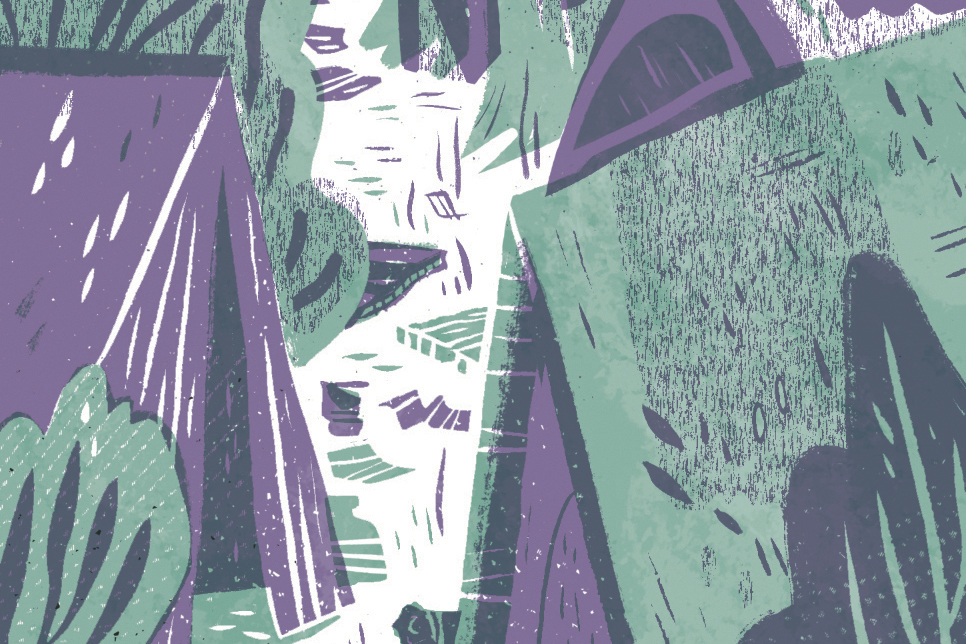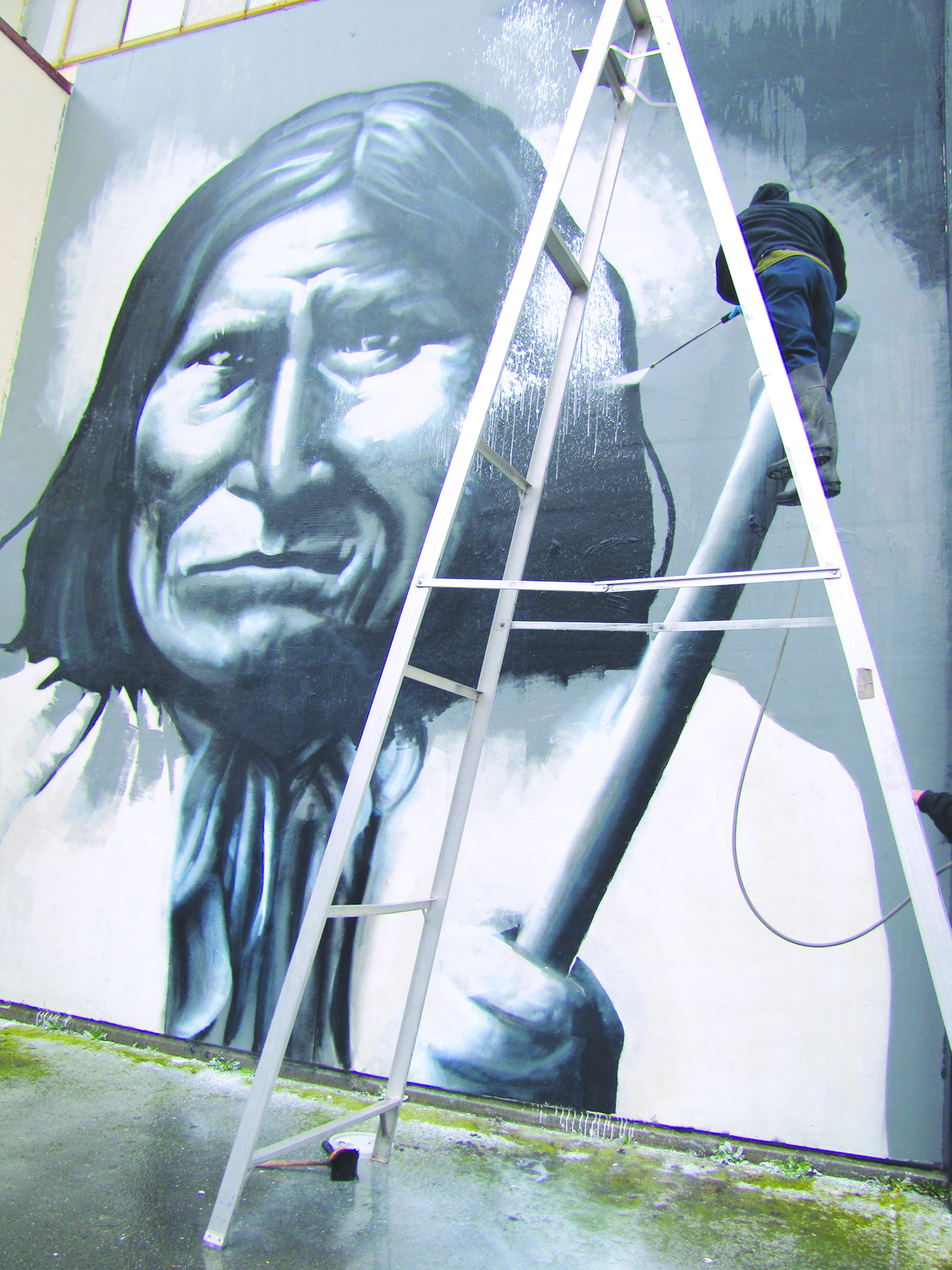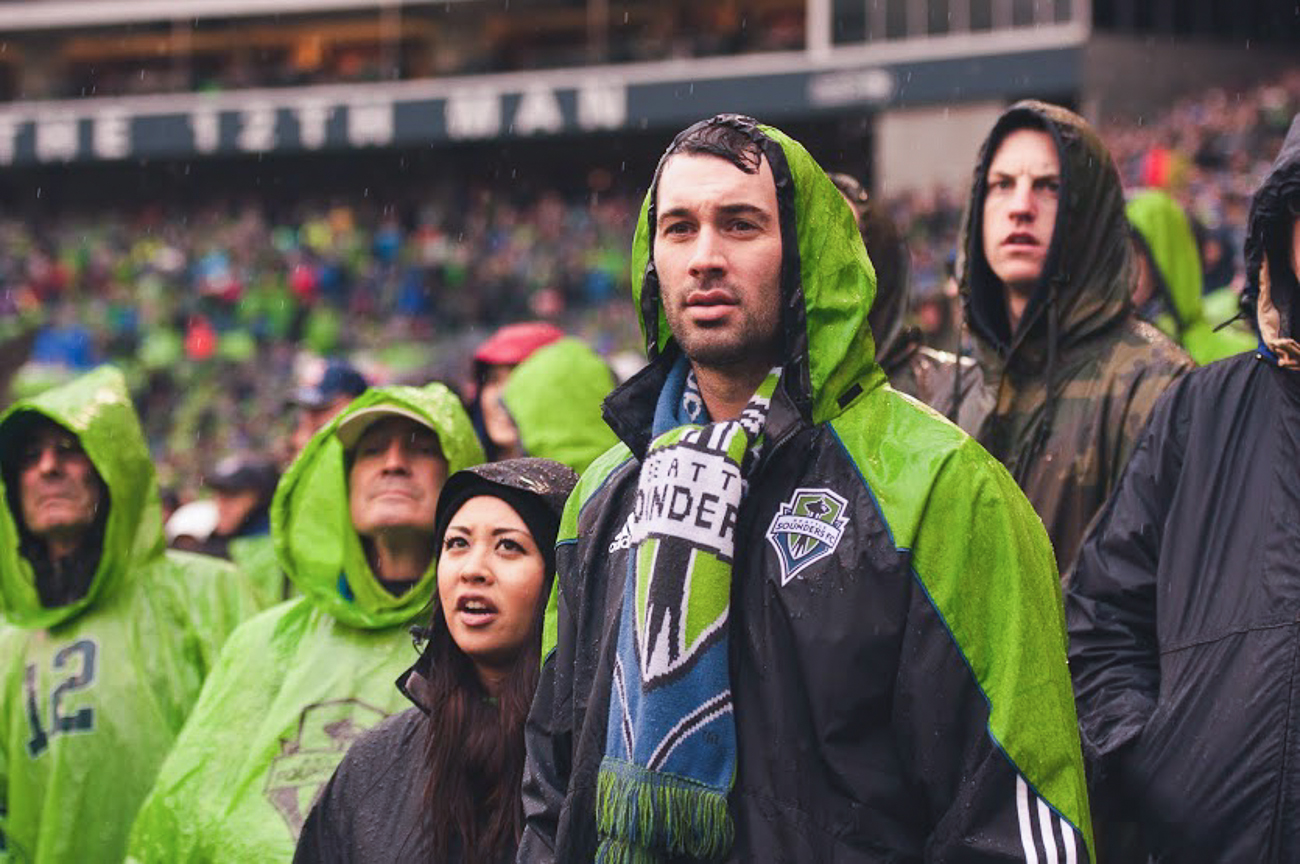It’s been nearly a year since thousands of peaceful protestors – and a handful of black-clad vandalizing ones – took to the streets of Seattle for May Day 2012. Since then, a police force has been repeatedly chastised for its response to the protests, a police chief has stepped down and four local activists spent months locked up without charges ever being filed – in and out of solitary confinement – for refusing to cooperate with a federal grand jury that many have described as a “political witch hunt.”
But while Seattle police have said confidently that they are ready for whatever protestors throw at them this year, the Occupy Movement, a driving force behind last years demonstrations, stands less assured, battered by what members see as 12 months of unfair media attention and over-zealous law enforcement.
“My hope is this year it will be peaceful and safe and there will be less political fallout. It seems like for the 12 months we’ve been facing last year’s event,” says independent journalist Mark Taylor-Canfield, who specializes in covering the occupy movement.
“It’s all about broken windows and anarchists,” says Taylor-Canfield of the mainstream media coverage that followed last year’s May Day. “The political message gets lost in all that. …Most of the people in Occupy Seattle definitely came down on the side of, ‘Lets keep this peaceful and lawful. ’[But the media] still painted the occupiers with the same brush.”
Taylor-Canfield also said the federal government’s heavy handed tactics in trying to get information about the vandalism from four anarchists had a chilling effect on the resistance movement.
“I think it had an effect not just on the movement but on society in general. A lot of folks felt intimidated. It created all sorts of issues in terms of whether it’s safe to be involved on the Occupy movement,” he says. “Regardless of your opinion, the jailing of activists – putting them in solitary confinement for the their political beliefs – is something we should all stand against.”
Others argue the tactics just forced Occupy to adapt.
“I think [the police response to May Day 2012 and the treatment of the grand jury resistors] has brought a heightened sense of awareness as to the lengths the government will go to repress political movements and radical dissident voices,” says Ian Finkenbinder, the former press and Livestream coordinator for Occupy Seattle. These days Finkenbinder blogs as Ian Awesome for a variety of publications, including Gay.net and his own blog, OneAngryQueer. “People are certainly a lot more careful in their dealings with law enforcement and governmental institutions in general. … The powers that be haven’t successfully repressed Occupy; Occupy transformed into something else entirely.”
Finkenbinder says Occupy was never conceived to be a long-standing organization with card carrying members.
“The thing to remember about the Occupy movement at large is the issues it was tackling were issues recognized by many different movements and political tendencies as problems that needed to be addressed. Liberal progressives, anarchists, communists, socialists… all of us were under one tent organizing around the same commonalities that were manifesting in the modern class warfare instigated by the rich and by capitalism,” he says. “In order for Occupy to have stayed together it would have had to become explicitly… anything. Anarchist, Democrat, whatever. That was counter to the goals of the movement, and now it has evolved into lots of different efforts that found their roots in Westlake and are currently attacking those same societal ills on many fronts.”
One group that’s still going strong a year after May Day 2012 – where they debuted – is the Salish CIRCA, otherwise known as the local faction of the Clandestine Insurgent Rebel Clown Army. With three main members, each with ties to Seattle’s Occupy movement, the Salish CIRCA carries on the tradition of the Theatre of the Oppressed – a method of using theatrical techniques as a means for promoting social and political change championed by Brazilian theatre practitioner Augusto Boal in the 1960s. The group premiered its act during last year’s May Day and plans to return for an encore.
“I don’t think its fizzled out . We’re all still here,” says the Salish CIRCA’s First Lewtenant Gonzo. “Occupy gave us a great chance to come together and find other people who have similar interests.”
These days, he says, many who participated in Occupy Seattle remain in contact and in cooperation, while having segmented into “more specialized” and localized activism groups.
What will May Day 2013 look like? The only certainty at this point seems to be no one knows for sure.
“It’s really hard to tell when it comes to these things,” says Gonzo. “It looks like we’re going to have solid numbers.”








